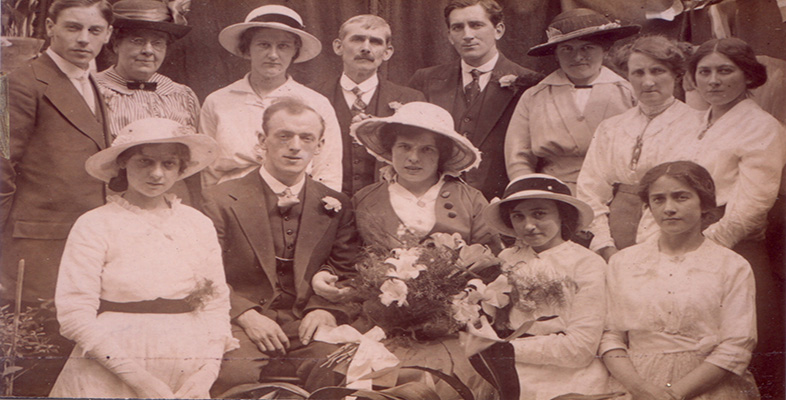Activity 2
Click on 'View document' below to open and read the remainder of Audrey Linkman's article on 'Photography and art theory', then answer the questions.
View document [Tip: hold Ctrl and click a link to open it in a new tab. (Hide tip)]
Activity 2a
What was regarded as the most important element of the portrait?
Answer
The portrait was perceived as more than a mere map of physical features. Its purpose was to reveal the inner soul and true character of the sitter. This added a moral and spiritual dimension to the portrait. It also conferred prestige and status on a profession that could claim the ability to fathom the inner recesses of the mind and reproduce character on canvas.
Activity 2b
How did the theory of idealization affect this important element?
Answer
Only positive qualities that reflected credit upon the sitter could be portrayed in the painting. The depiction of base qualities would conflict with the need to idealize the sitter. Consequently any attempt to portray character would be limited to the depiction of virtuous qualities. (I shall subsequently refer to this practice as ‘limited positive characterization’.)
In addition, it was thought that the viewer would be corrupted by the depiction of faults and vices in a painting. By looking at virtue in others the viewer might be inspired to moral improvement. In the early 19th century few people questioned the belief that the purpose of art was to inspire and ennoble.
